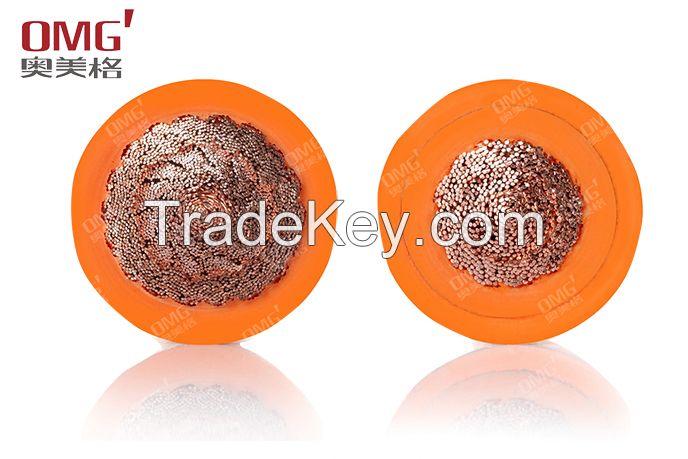详情
Energy saving and emission
reduction and other policies, the market demand for energy to
further change, the energy storage industry will move forward with
greater momentum to promote the development of the energy storage
industry is the inevitable choice of the dual-carbon
goals.
Energy storage through the
conversion of electrical energy into other forms of energy stored
in the energy storage device, the main forms of energy storage,
including physical energy storage, electrochemical energy storage
and other energy storage. Energy storage is mainly used in grid
transmission and distribution and auxiliary services, grid
connection of renewable energy sources such as photovoltaic and
solar energy, distributed microgrids and user side.
The energy storage system
realises the charging and discharging of electric energy through
the energy storage inverter, and the energy storage system has high
DC voltage, large power, and a large number of batteries, which
makes the electromagnetic interference serious and the control more
complicated. In order to ensure the integrity of the signal of the
energy storage system, reduce environmental interference, reduce
safety hazards, for the whole energy storage system cable research
and development design needs to consider the signal mutual coupling
and shielding structure design.
Energy storage cables in energy
storage applications in the wiring space is narrow, the cable is
required to be soft enough, small bending radius to adapt to the
wiring requirements. In order to ensure good flame retardancy, the
cable needs to pass a single flame retardant test; set up thermal
life experiments to ensure that the cable meets the requirements of
long life; due to the specificity of the application environment,
the need to resist battery acid, battery electrolyte; especially
for outdoor use of energy storage cables, anti-UV, anti-salt spray
requirements are more stringent, in addition to the energy storage
cables have to meet the requirements of low-smoke, halogen-free,
flame retardant requirements.
Common materials for energy
storage cables are PVC, XLPE, silicone rubber, common temperature
ratings of *0℃, **5℃, **0℃, and rated voltage DC
***0V/***0V.
Specialist cable manufacturers
offer not only safety, reliability and quality assurance, but also
an excellent price advantage with cable solutions tailored to
specific customer needs. Search: OMG EV Cable
